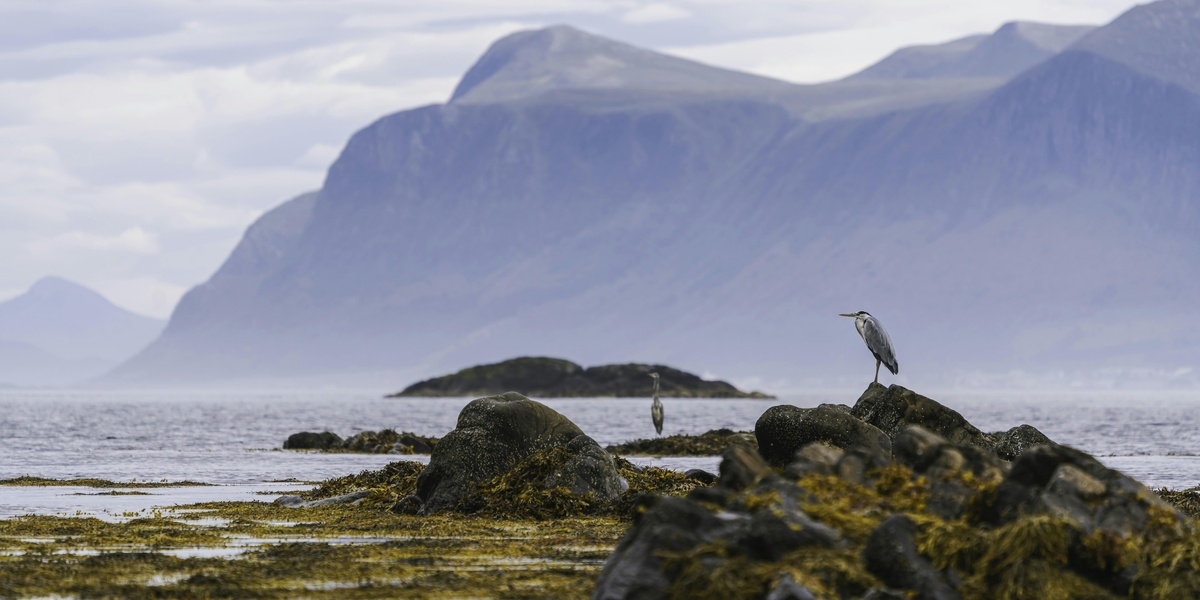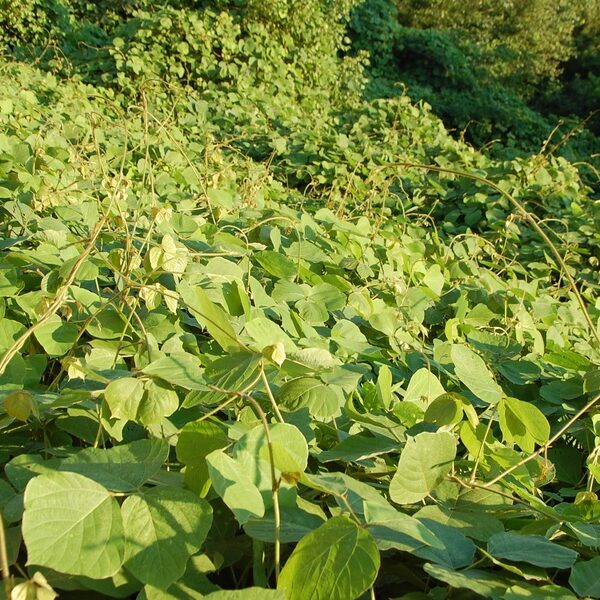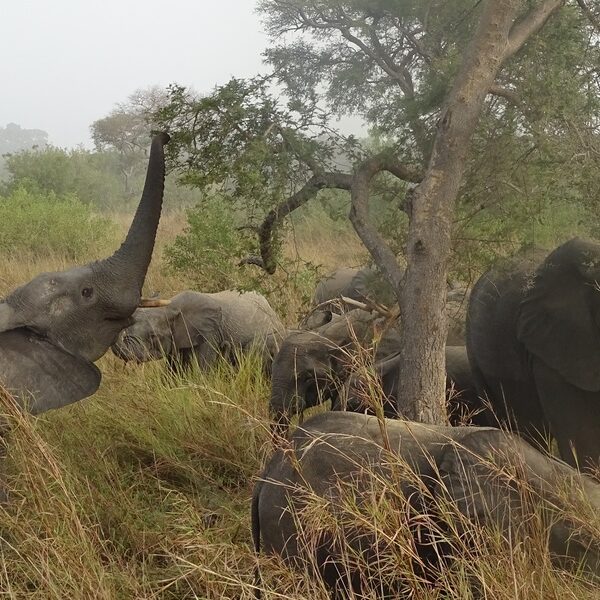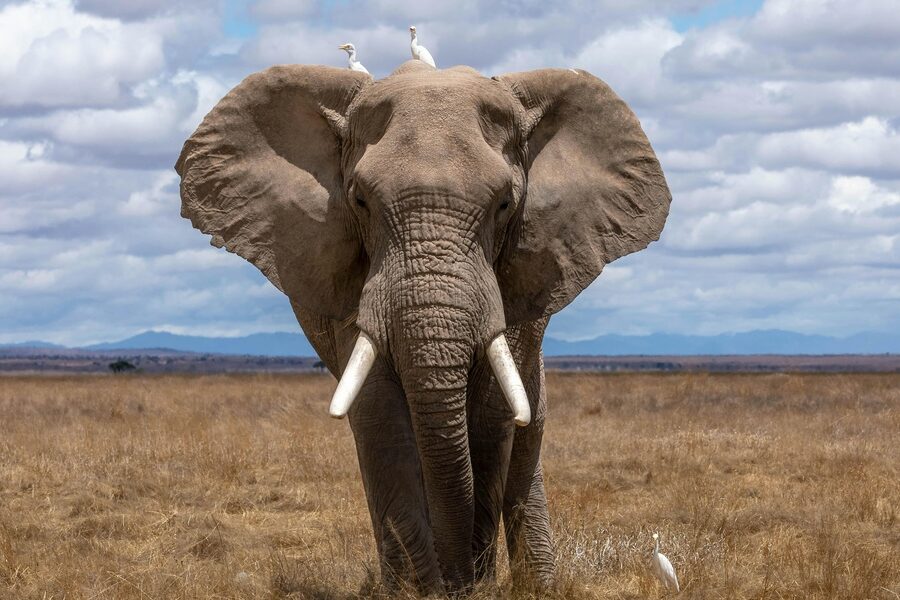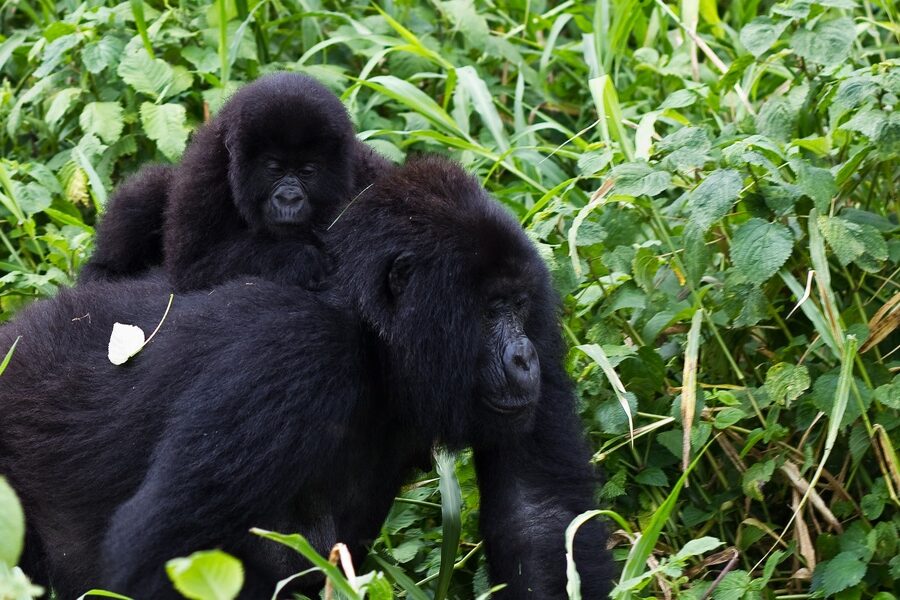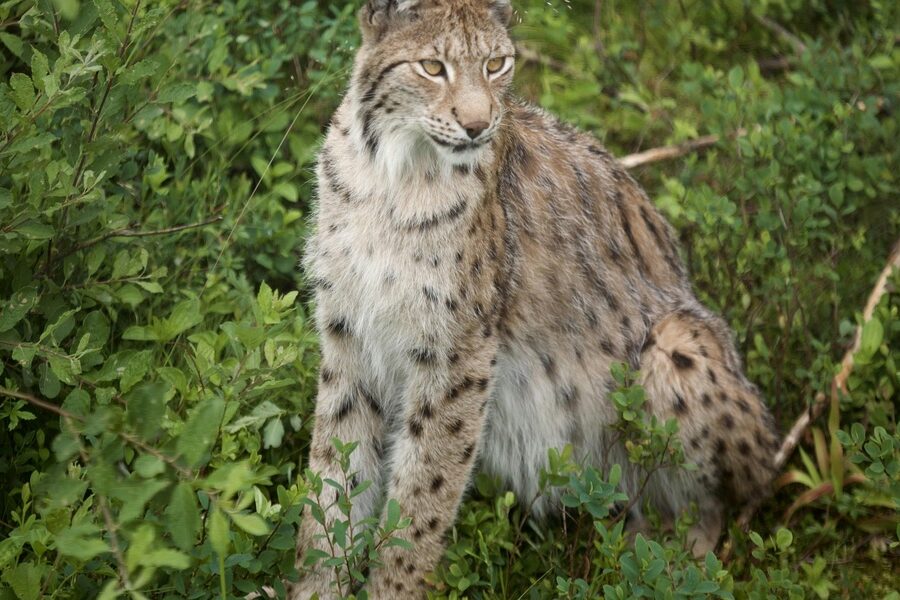Northern Europe, a region known for its dramatic landscapes, from expansive tundras and dense boreal forests to rugged coastlines and vast archipelagos, hosts a fascinating array of wildlife. These creatures have adapted uniquely to their diverse and often challenging environments, showcasing nature’s resilience and beauty.
This comprehensive list features 42 Animals of Northern Europe, covering species as varied as the agile Arctic Fox and the formidable Wolverine. For each entry, you’ll find essential details including its Scientific Name, Avg Length (cm), Habitat, and Conservation Status, all meticulously organized for you below.
What kind of habitats do animals in Northern Europe typically occupy?
Animals in Northern Europe thrive in a range of distinct habitats, each presenting unique opportunities and challenges. You’ll find species adapted to the icy, treeless tundras, the vast coniferous taiga forests, and the temperate broadleaf forests further south. Coastal areas, wetlands, and numerous freshwater lakes and rivers also support diverse animal communities, often with specific adaptations for cold climates and seasonal food availability.
How do conservation efforts address the varying needs of Northern European animals?
Conservation efforts in Northern Europe are multifaceted, reflecting the diverse conservation statuses of its animal populations. Some species, like the Arctic Fox, face threats from climate change impacting their icy habitats, while others might be affected by habitat fragmentation due to human development or unsustainable hunting practices. These efforts often involve protected areas, international cooperation, and specific species action plans focusing on habitat restoration, population monitoring, and combating poaching to ensure the long-term survival of the region’s unique wildlife.
Animals of Northern Europe
| Animal Name | Scientific Name | Avg Length (cm) | Habitat | Conservation Status |
|---|---|---|---|---|
| Brown Bear | Ursus arctos | 210 | Boreal forests, mountains | Least Concern |
| Wolverine | Gulo gulo | 85 | Tundra, taiga, remote forests | Least Concern |
| Eurasian Lynx | Lynx lynx | 100 | Dense forests, rocky areas | Least Concern |
| Grey Wolf | Canis lupus | 130 | Forests, wilderness areas | Least Concern |
| Moose | Alces alces | 270 | Boreal and mixed forests | Least Concern |
| Reindeer | Rangifer tarandus | 190 | Tundra, taiga, mountains | Vulnerable |
| Red Deer | Cervus elaphus | 220 | Forests, moorlands, mountains | Least Concern |
| Roe Deer | Capreolus capreolus | 120 | Woodlands, farmland, heathland | Least Concern |
| Arctic Fox | Vulpes lagopus | 60 | Arctic tundra, coastal areas | Least Concern |
| Red Fox | Vulpes vulpes | 70 | Woodlands, farmland, urban areas | Least Concern |
| European Otter | Lutra lutra | 90 | Rivers, lakes, coastlines | Near Threatened |
| Eurasian Beaver | Castor fiber | 100 | Rivers, lakes, wetlands | Least Concern |
| Pine Marten | Martes martes | 50 | Mature forests, woodlands | Least Concern |
| Stoat | Mustela erminea | 25 | Woodlands, grasslands, farmland | Least Concern |
| European Badger | Meles meles | 75 | Woodlands, pastures | Least Concern |
| Red Squirrel | Sciurus vulgaris | 20 | Coniferous and mixed woodlands | Near Threatened |
| Mountain Hare | Lepus timidus | 55 | Moorland, mountains, tundra | Least Concern |
| Norway Lemming | Lemmus lemmus | 13 | Arctic tundra, mountain heaths | Least Concern |
| Polar Bear | Ursus maritimus | 250 | Arctic sea ice, coasts | Vulnerable |
| Walrus | Odobenus rosmarus | 320 | Arctic sea ice and coasts | Vulnerable |
| Harbour Seal | Phoca vitulina | 160 | Sheltered coastlines, estuaries | Least Concern |
| Grey Seal | Halichoerus grypus | 200 | Exposed coastlines, rocky islands | Least Concern |
| Orca | Orcinus orca | 750 | Coastal and oceanic waters | Data Deficient |
| Minke Whale | Balaenoptera acutorostrata | 850 | Coastal and offshore waters | Least Concern |
| Harbour Porpoise | Phocoena phocoena | 160 | Coastal waters, estuaries | Vulnerable |
| White-beaked Dolphin | Lagenorhynchus albirostris | 280 | Cold temperate and subarctic waters | Least Concern |
| Basking Shark | Cetorhinus maximus | 800 | Coastal and shelf waters | Endangered |
| White-tailed Eagle | Haliaeetus albicilla | 220 | Coastlines, large lakes, rivers | Least Concern |
| Golden Eagle | Aquila chrysaetos | 210 | Mountains, uplands, remote moors | Least Concern |
| Osprey | Pandion haliaetus | 160 | Lakes, rivers, coasts | Least Concern |
| Snowy Owl | Bubo scandiacus | 150 | Arctic tundra | Vulnerable |
| Eurasian Eagle-Owl | Bubo bubo | 170 | Rocky outcrops, forests, cliffs | Least Concern |
| Great Grey Owl | Strix nebulosa | 140 | Dense boreal forests (taiga) | Least Concern |
| Atlantic Puffin | Fratercula arctica | 55 | Coastal cliffs, open sea | Vulnerable |
| Razorbill | Alca torda | 40 | Coastal cliffs, open sea | Near Threatened |
| Northern Gannet | Morus bassanus | 175 | Coastal cliffs, open sea | Least Concern |
| Western Capercaillie | Tetrao urogallus | 85 | Old coniferous forests (taiga) | Least Concern |
| Whooper Swan | Cygnus cygnus | 240 | Lakes, wetlands, tundra pools | Least Concern |
| Common Crane | Grus grus | 220 | Wetlands, bogs, farmland | Least Concern |
| Atlantic Salmon | Salmo salar | 90 | Rivers, North Atlantic Ocean | Least Concern |
| Northern Pike | Esox lucius | 100 | Lakes, slow-moving rivers | Least Concern |
| Common European Viper | Vipera berus | 65 | Heathland, moorland, open woods | Least Concern |
Images and Descriptions
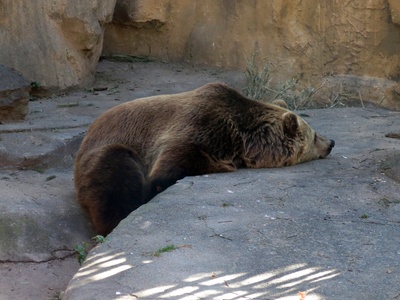
Brown Bear
Europe’s largest predator, this powerful omnivore roams remote forests and mountains. Brown bears are typically shy and avoid humans, spending winters in hibernation.

Wolverine
A famously tough and solitary member of the weasel family. The wolverine is a powerful scavenger and predator adapted to harsh, cold environments in the northern wilderness.
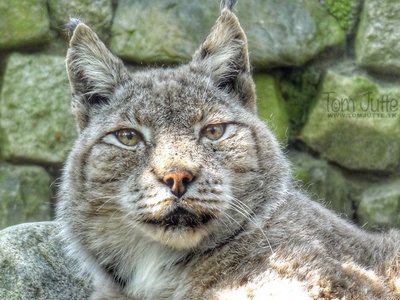
Eurasian Lynx
A secretive and elusive medium-sized wild cat with tufted ears and large paws. It is a skilled hunter, preying on deer and other small mammals in remote forests.
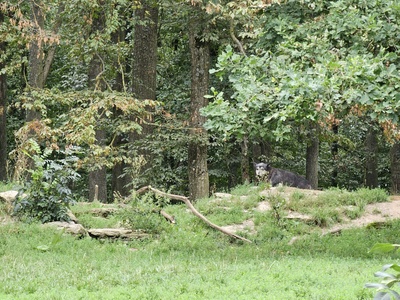
Grey Wolf
An intelligent and highly social carnivore that lives and hunts in packs. After being hunted to extinction in many areas, wolves are slowly making a comeback across Northern Europe.

Moose
Known as the king of the forest, the moose is the largest deer species. Males are famous for their enormous, flat antlers, which are shed and regrown each year.
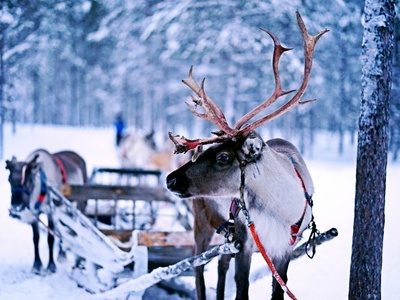
Reindeer
The only deer species where both males and females grow antlers. Perfectly adapted to the cold, reindeer migrate in large herds across the Arctic and sub-Arctic tundra.
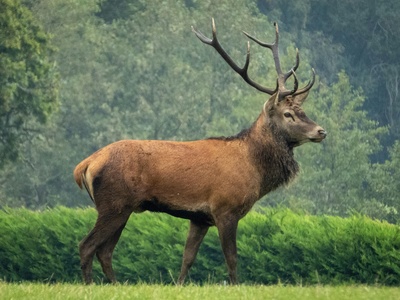
Red Deer
One of Europe’s largest native deer. Stags are renowned for their magnificent, branching antlers and their powerful roaring calls during the autumn rutting season.
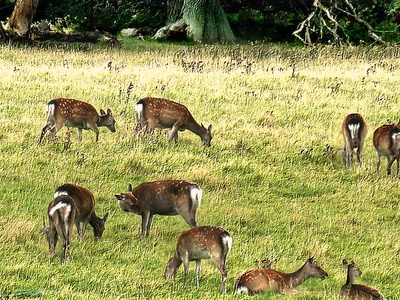
Roe Deer
A small, elegant deer common throughout the region. Roe deer are graceful and shy, often seen at dawn and dusk. Males have small, simple antlers that they shed annually.
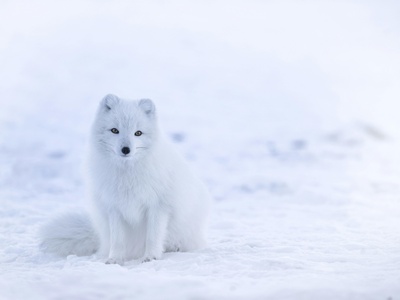
Arctic Fox
This small fox is known for its thick, white winter coat that provides excellent camouflage in the snow. It is a hardy survivor of the extreme Arctic climate.
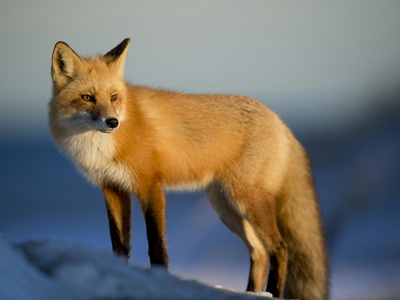
Red Fox
A highly adaptable and intelligent canid with a distinctive bushy tail. The red fox is a common sight in both the countryside and increasingly in cities across the region.
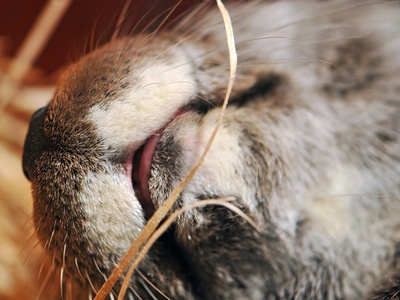
European Otter
A sleek, semi-aquatic mammal with a playful nature. The otter is a skilled hunter of fish, and its presence is a strong indicator of clean, healthy waterways.
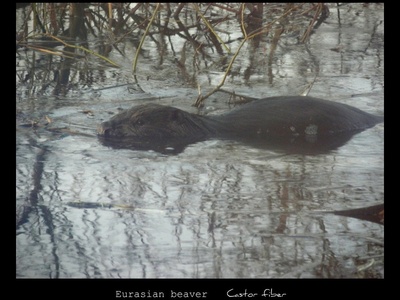
Eurasian Beaver
A large, semi-aquatic rodent known for building dams and lodges that transform landscapes. Once hunted to near extinction, it has made a remarkable comeback in many parts of Europe.
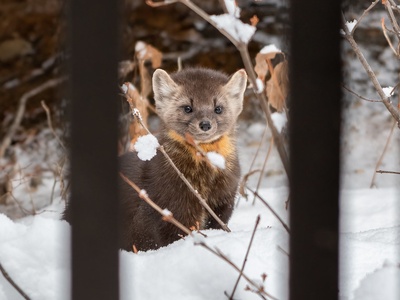
Pine Marten
A skilled and agile tree-climbing member of the weasel family. It has a rich brown coat and a distinctive creamy-yellow “bib” on its throat and chest.

Stoat
A small, fierce predator known for its boundless energy. In winter, its fur turns completely white (except for a black tail tip), when it is known as an ermine.
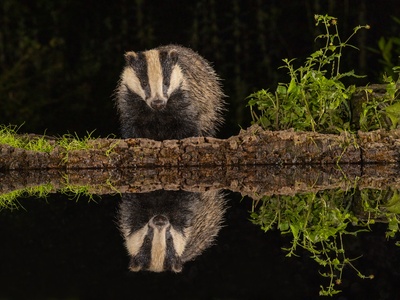
European Badger
A stout, powerful animal with a distinctive black-and-white striped face. Badgers are social creatures that live in large underground burrow systems called setts.
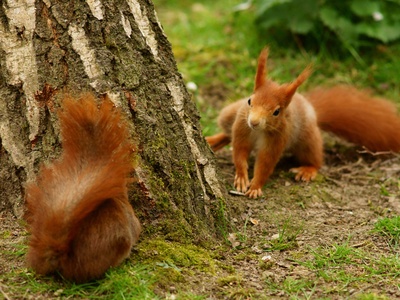
Red Squirrel
A charming native squirrel with distinctive ear tufts and a bushy red tail. Its populations are threatened in some areas by the larger, non-native grey squirrel.
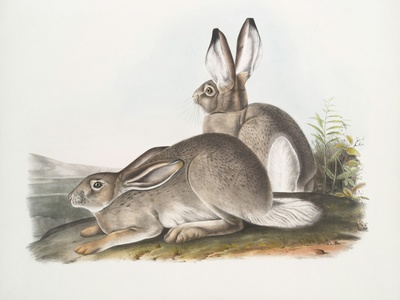
Mountain Hare
Adapted to cold climates, this hare changes its coat from brown in summer to pure white in winter for camouflage. It is faster and has shorter ears than the European hare.
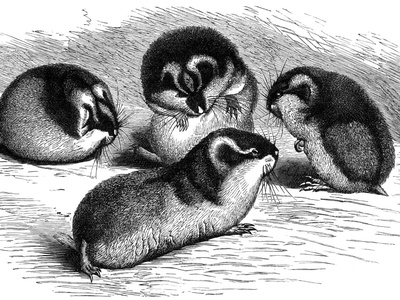
Norway Lemming
A small rodent famous for its dramatic population cycles and mass migrations. Its bold black and yellow coloring warns predators of its aggressive, defensive nature.
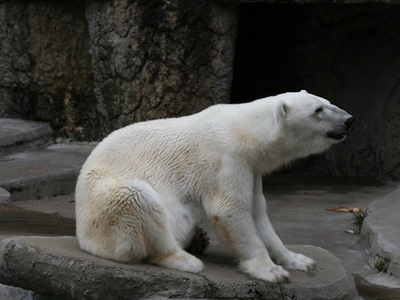
Polar Bear
The world’s largest land carnivore, found in the high Arctic regions like Svalbard. It is superbly adapted for life on sea ice, where it hunts its primary prey, seals.
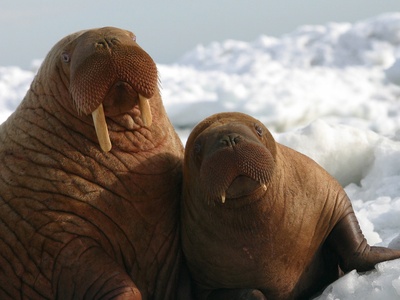
Walrus
A massive marine mammal easily recognized by its long tusks, bristly whiskers, and bulky body. Walruses use their tusks for defense and to haul themselves onto ice floes.
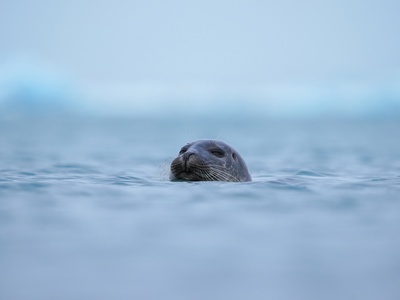
Harbour Seal
Also known as the common seal, it has a curious, dog-like face and a spotted coat. It often rests on rocks and sandbanks at low tide, close to its coastal feeding grounds.
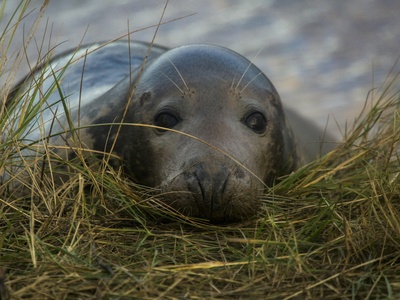
Grey Seal
Larger than the harbour seal, with a distinctive long, straight “Roman” nose. Grey seals are social animals that gather in large colonies on remote shores to breed.
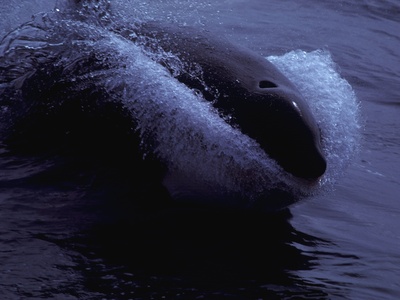
Orca
Also known as the killer whale, the orca is a highly intelligent apex predator. They live in family pods and use sophisticated techniques to hunt fish and seals.
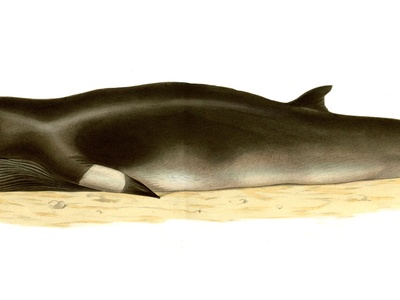
Minke Whale
One of the smallest baleen whales, often seen in Northern European waters during the summer. It has a sleek body and a tall, sickle-shaped dorsal fin.
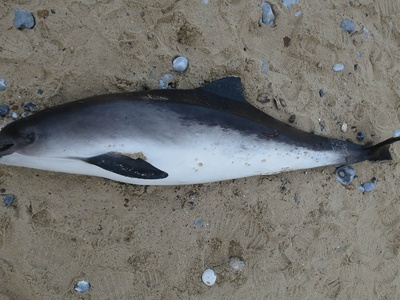
Harbour Porpoise
One of the smallest marine mammals, often seen close to shore. It has a small, stocky body and a triangular dorsal fin, typically appearing in small groups.
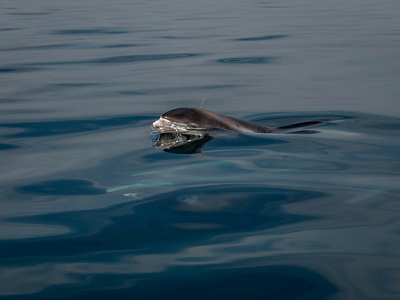
White-beaked Dolphin
A robust and playful dolphin with a short, white beak. They are social animals often seen bow-riding and leaping from the water in the North Atlantic.
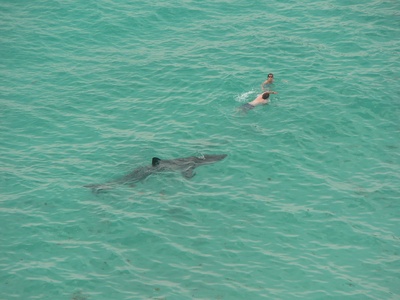
Basking Shark
The second-largest fish in the world, this gentle giant is a filter-feeder that consumes vast quantities of plankton. It is often seen swimming slowly at the surface with its huge mouth open.
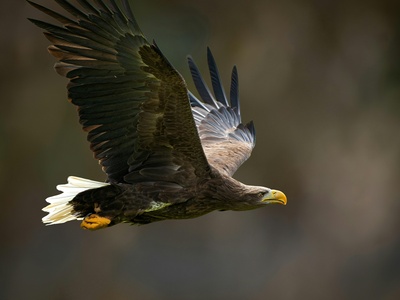
White-tailed Eagle
One of Europe’s largest birds of prey, also known as the sea eagle. It has a massive wingspan and a distinctive white tail in adulthood, often seen hunting for fish.
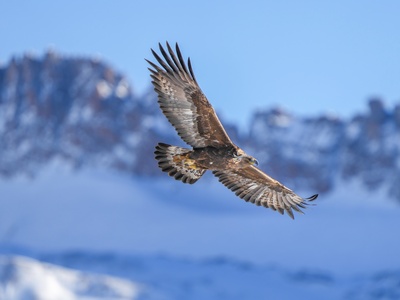
Golden Eagle
A magnificent bird of prey that rules the skies over mountains and wild landscapes. It is a powerful hunter, capable of taking prey as large as foxes or young deer.
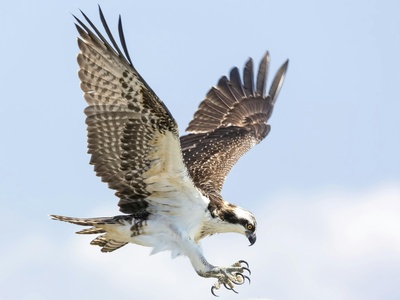
Osprey
A unique bird of prey that feeds almost exclusively on fish. It has a striking appearance and can be seen hovering over water before plunging feet-first to catch its prey.
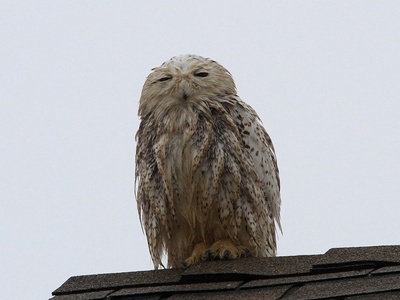
Snowy Owl
A large, powerful white owl of the Arctic. Unlike most owls, it is often active during the day, hunting lemmings and other small animals in the vast, open tundra.

Eurasian Eagle-Owl
One of the world’s largest and most powerful owls, with prominent ear tufts and piercing orange eyes. It is a formidable nocturnal hunter with a deep, booming hoot.
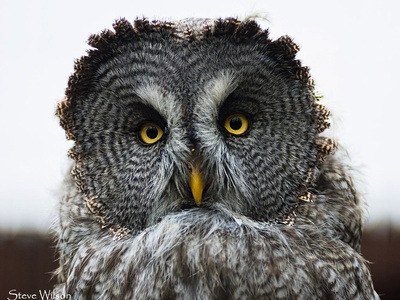
Great Grey Owl
A huge owl with an imposing facial disc, disproportionately large head, and piercing yellow eyes. Despite its size, it is a silent and ghostly hunter of small rodents.
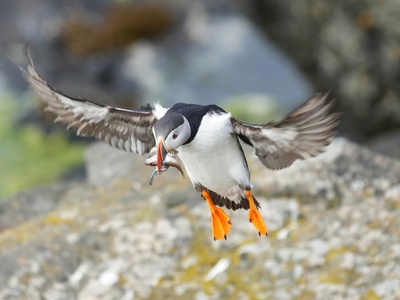
Atlantic Puffin
Often called the “clown of the sea” for its colorful beak and comical appearance. Puffins spend most of their lives at sea, returning to land to breed in large colonies.
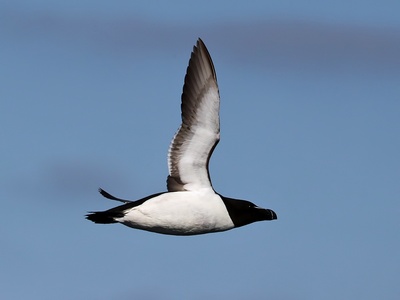
Razorbill
A seabird that looks like a small penguin, with a thick, blunt, black bill marked with a white line. It nests in dense colonies on precipitous sea cliffs.
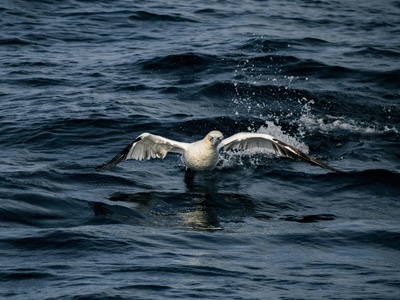
Northern Gannet
A spectacular seabird known for its dramatic high-speed dives into the sea to catch fish. It nests in huge, noisy colonies on remote islands and cliffs.
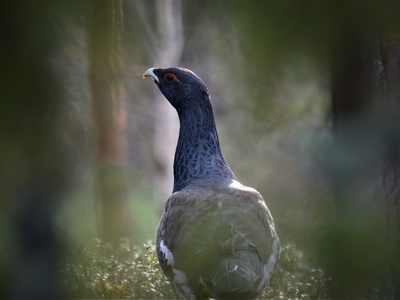
Western Capercaillie
The world’s largest grouse, famous for the male’s spectacular courtship display. It requires vast, quiet pine forests to survive, making it a symbol of pristine wilderness.
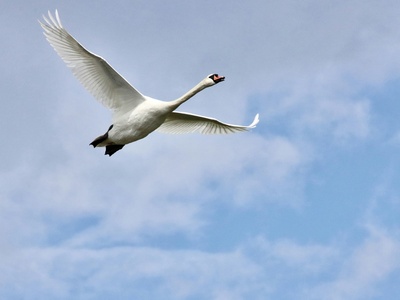
Whooper Swan
A large, elegant white swan with a distinctive yellow and black bill. Its loud, bugle-like “whooping” call is a characteristic sound of northern wetlands.
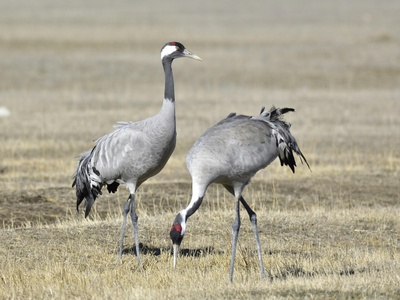
Common Crane
A tall, graceful bird with long legs, a long neck, and a resounding bugling call. Cranes are known for their spectacular dancing displays during the breeding season.
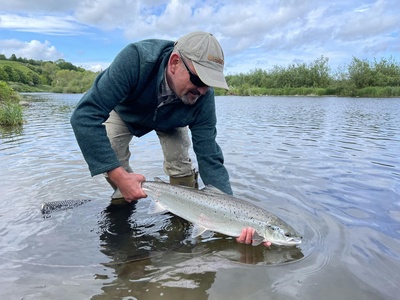
Atlantic Salmon
An iconic fish famous for its incredible life cycle, migrating from freshwater rivers to the open ocean and back again to spawn. It is prized for both sport and food.
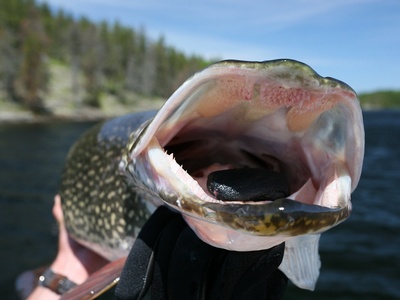
Northern Pike
A formidable freshwater predator with a long, torpedo-shaped body and a mouth full of sharp teeth. It is a master of ambush, lying in wait among weeds for other fish.
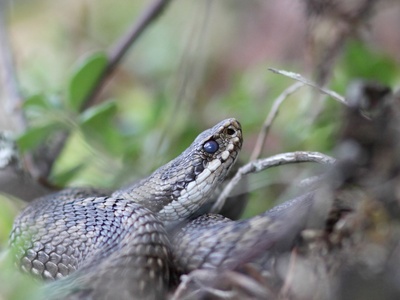
Common European Viper
Also known as the common adder, this is Northern Europe’s only venomous snake. It is shy and secretive, typically recognized by the dark zigzag pattern along its back.
